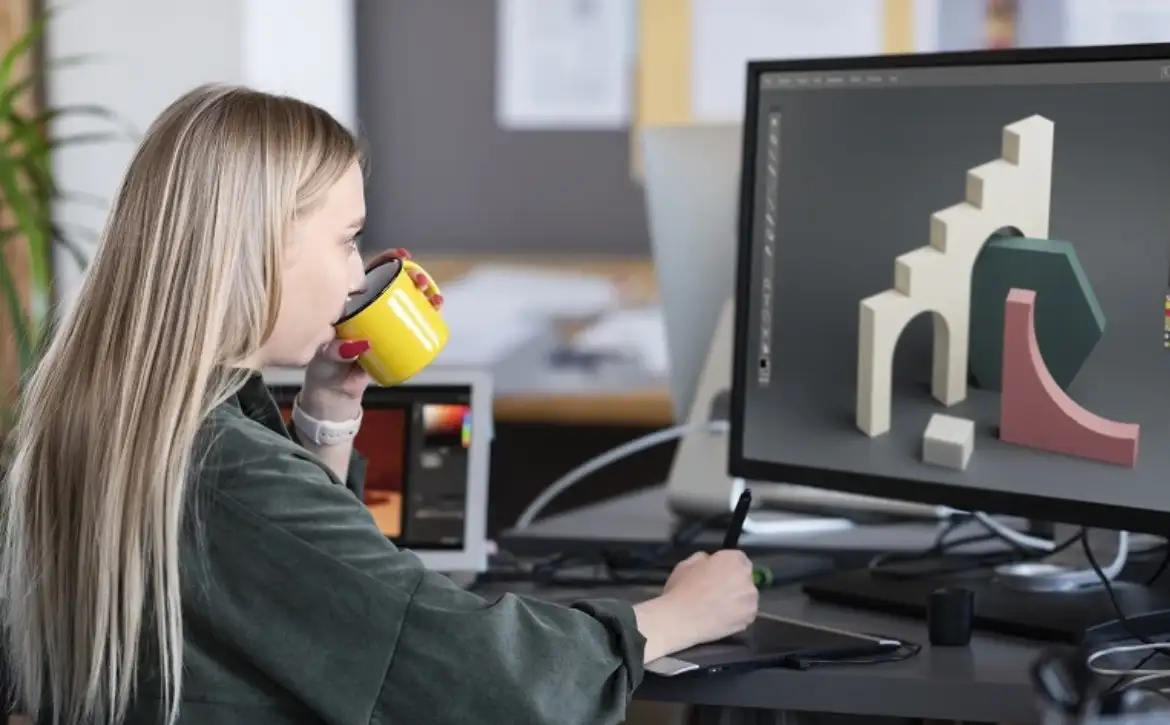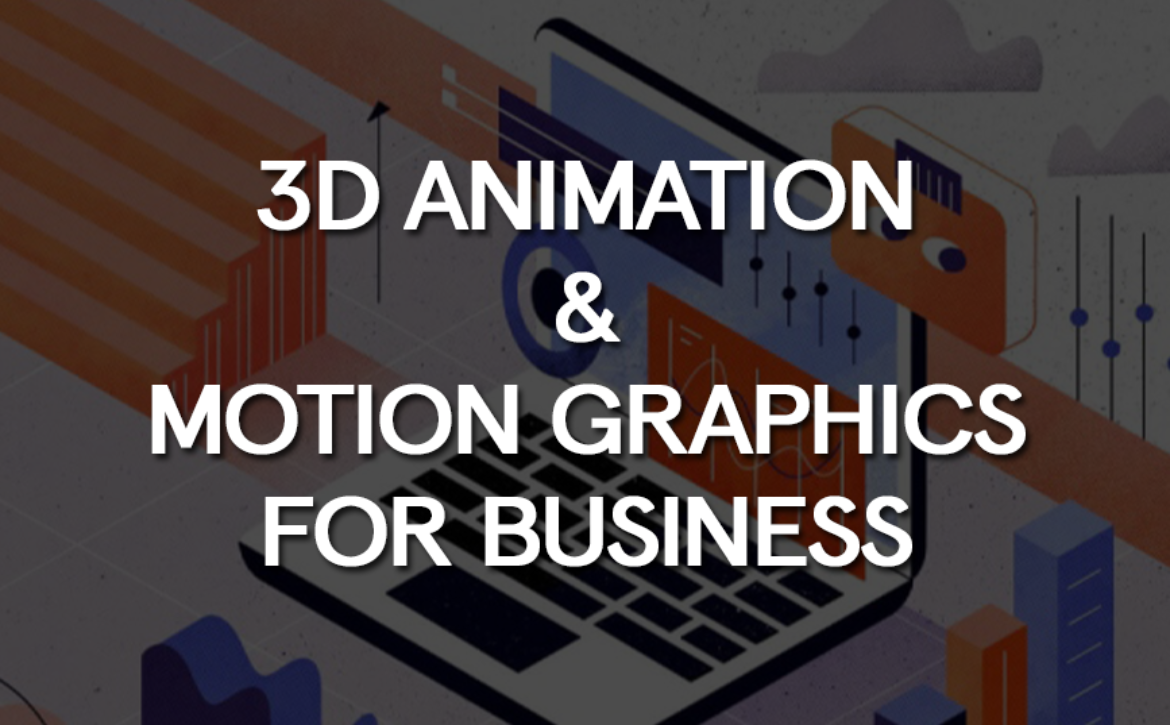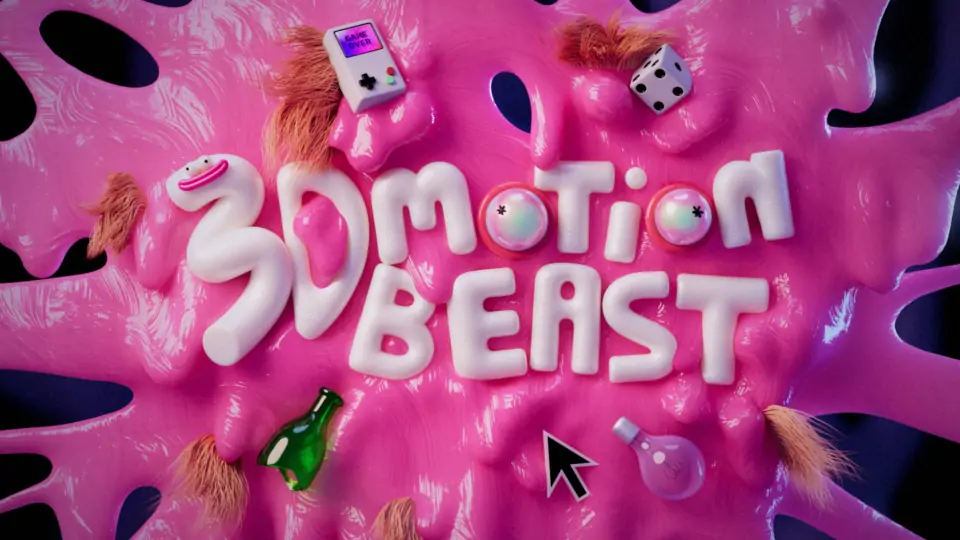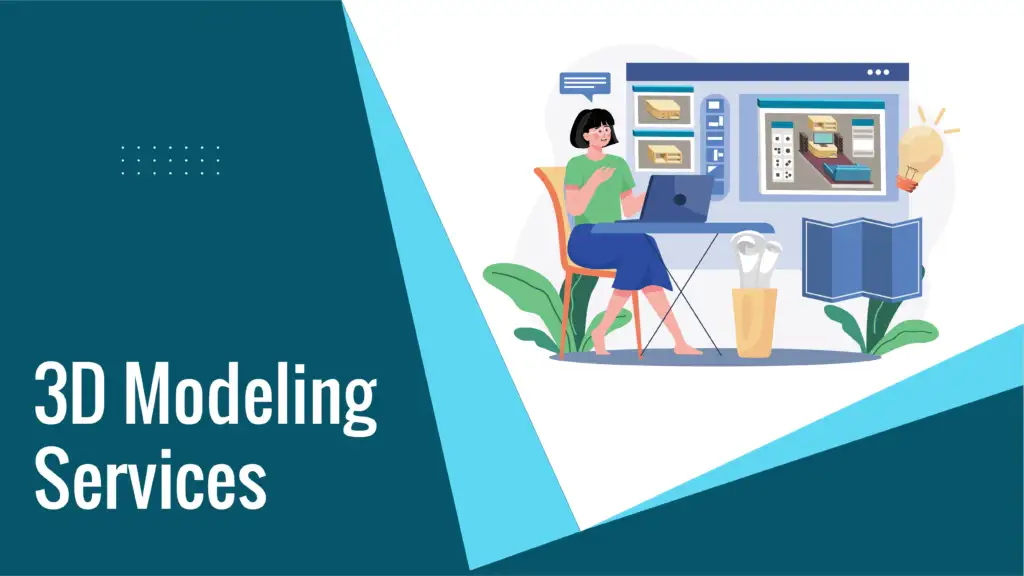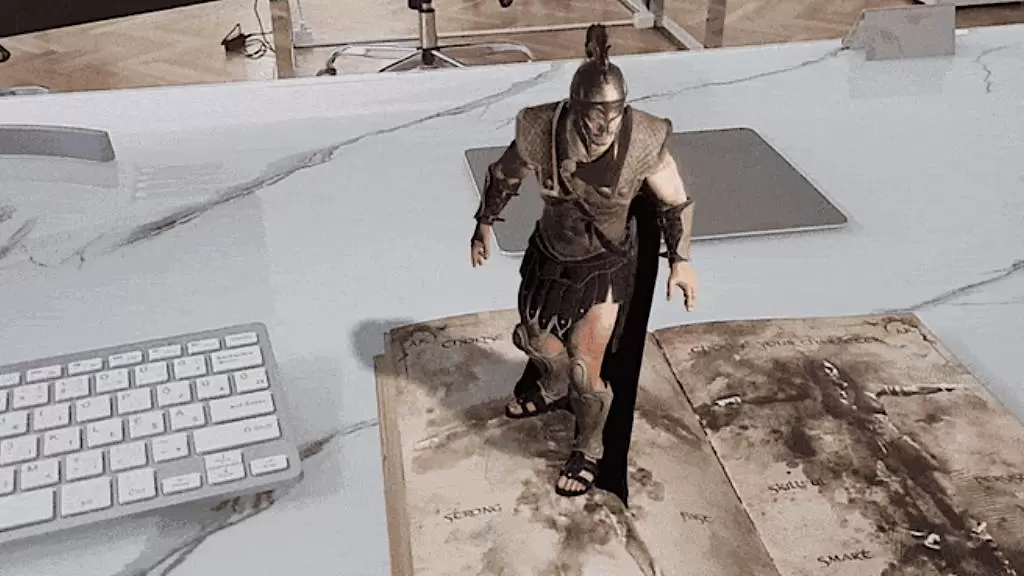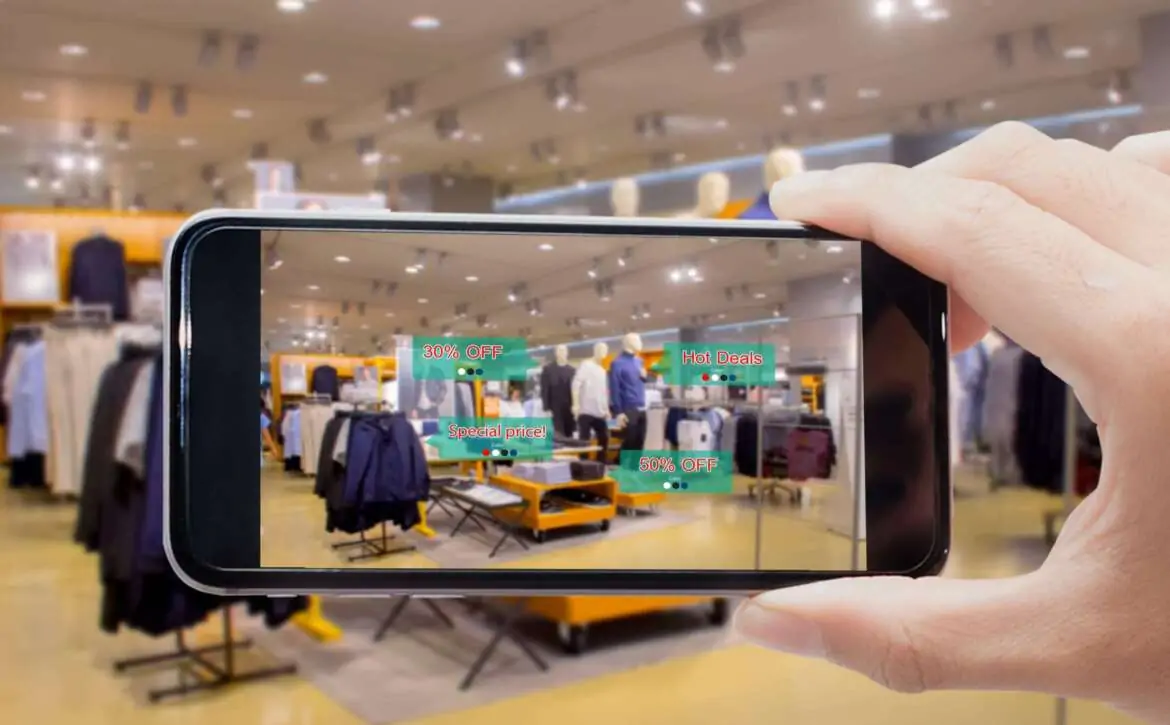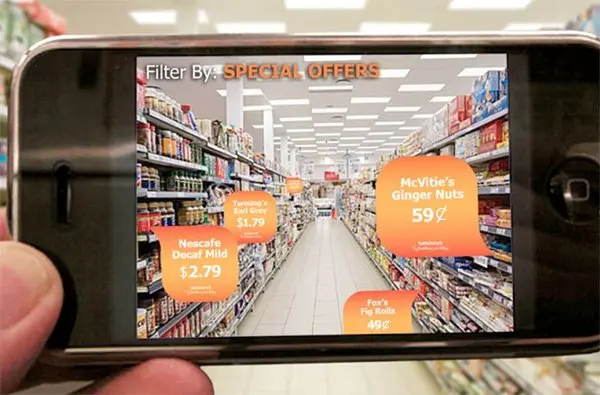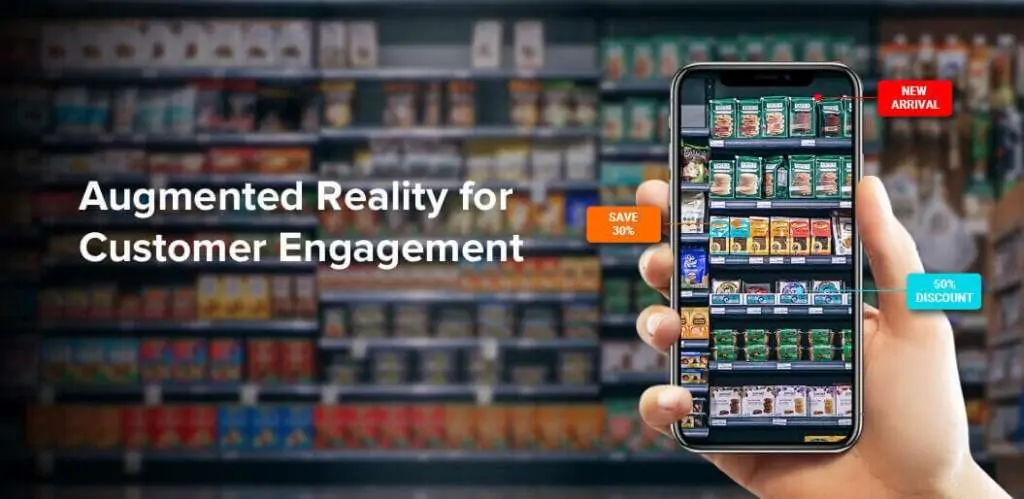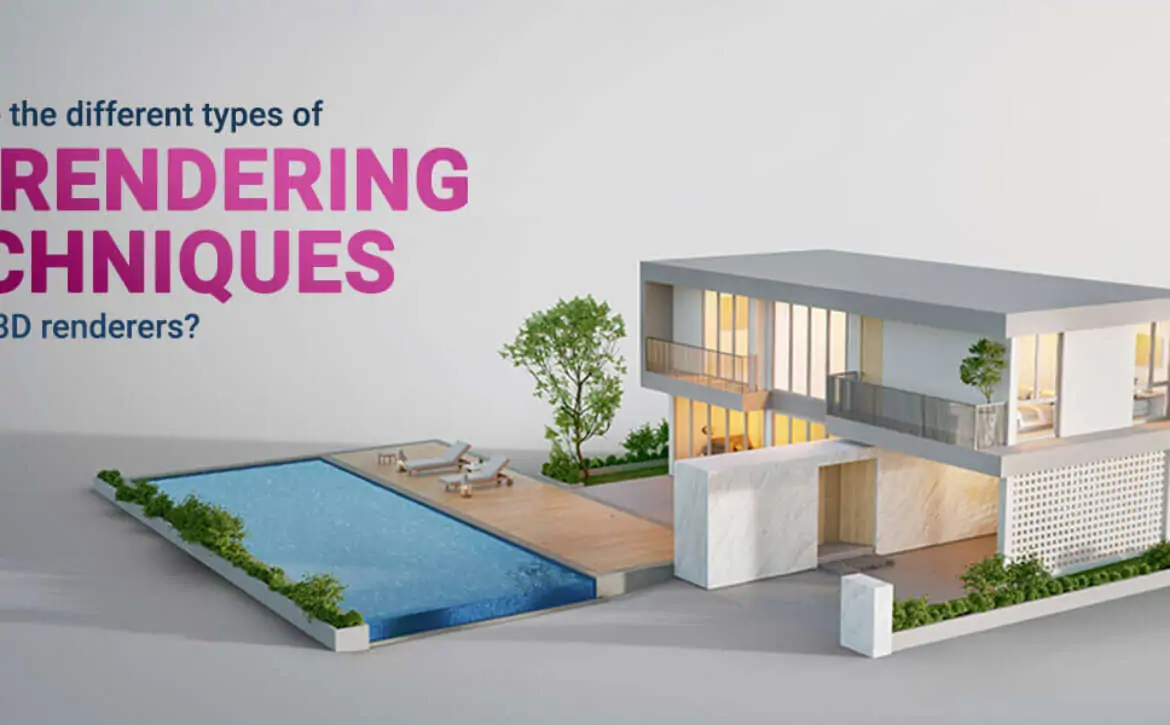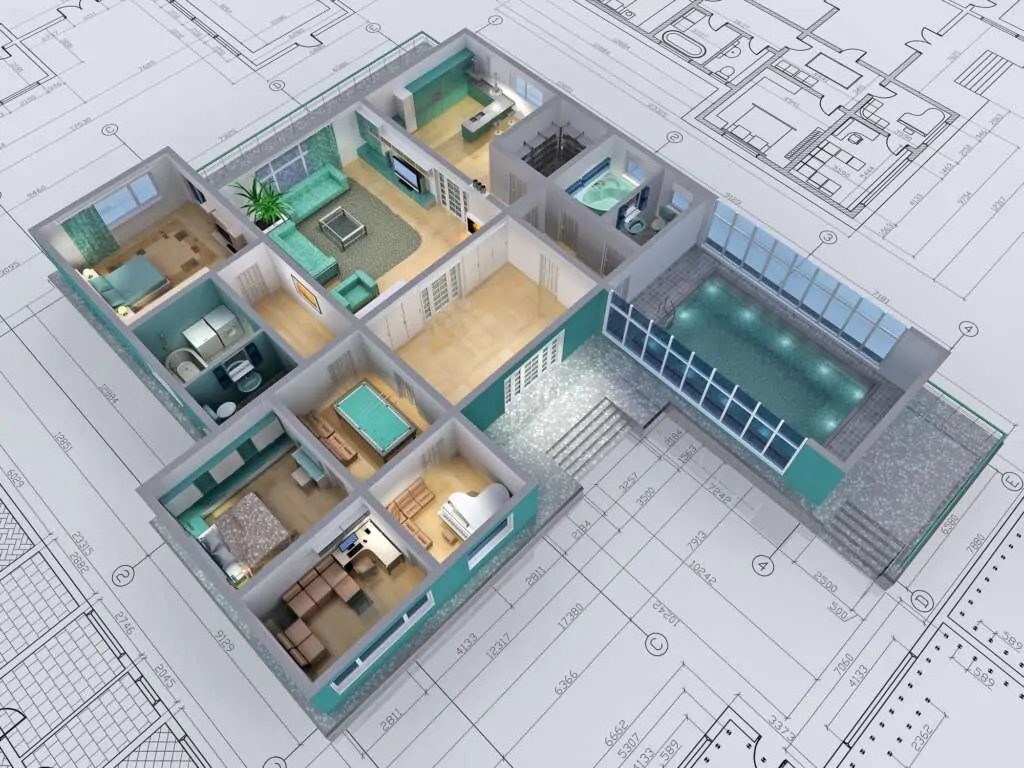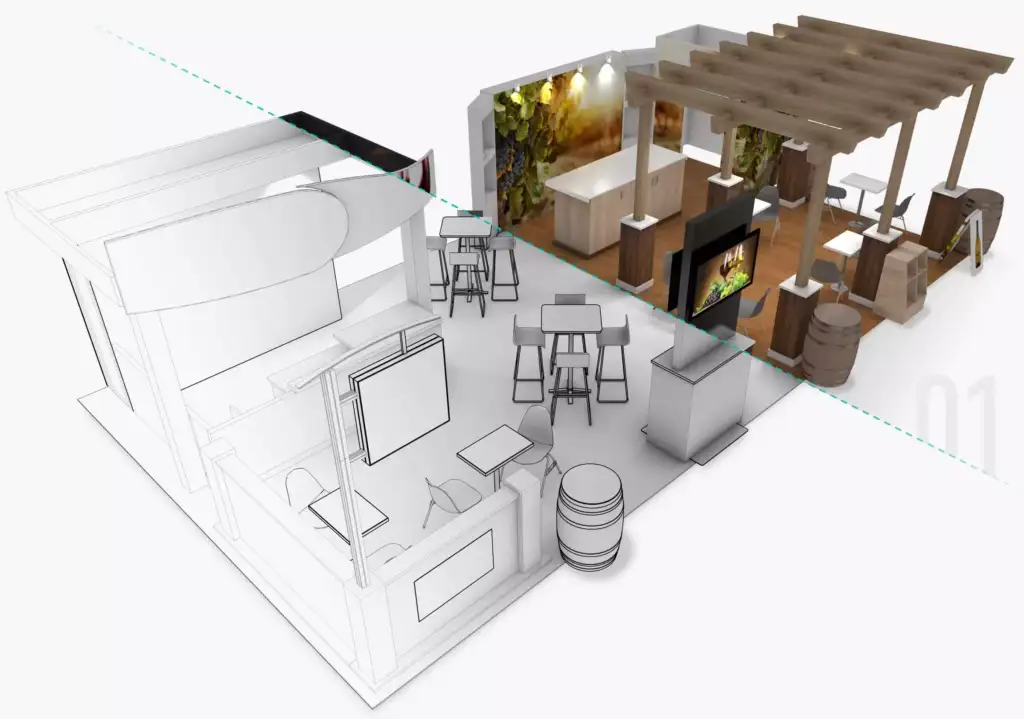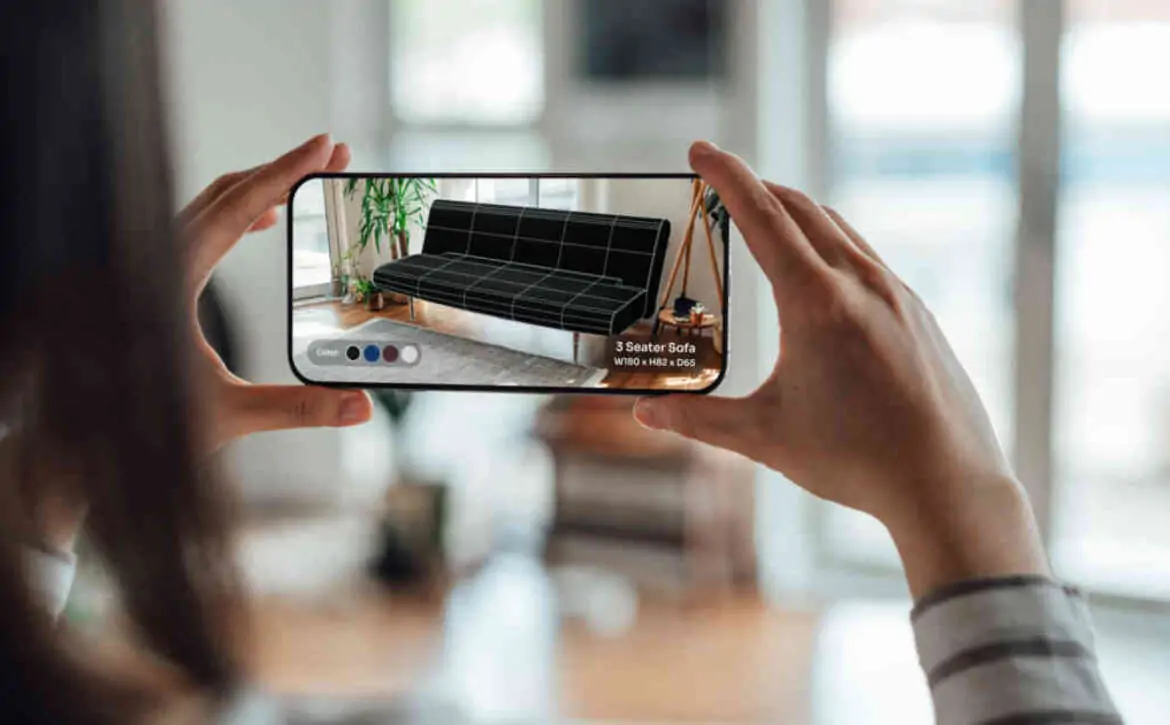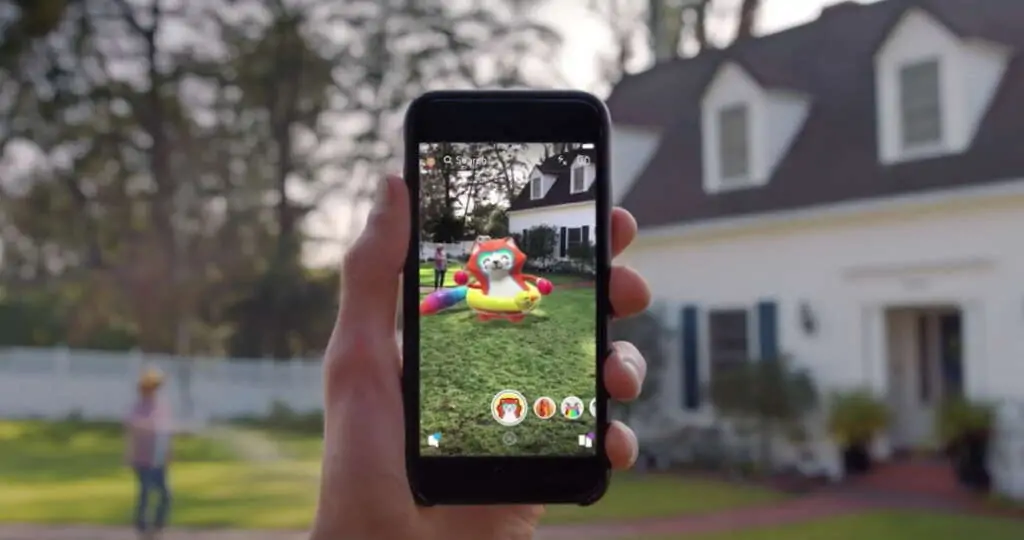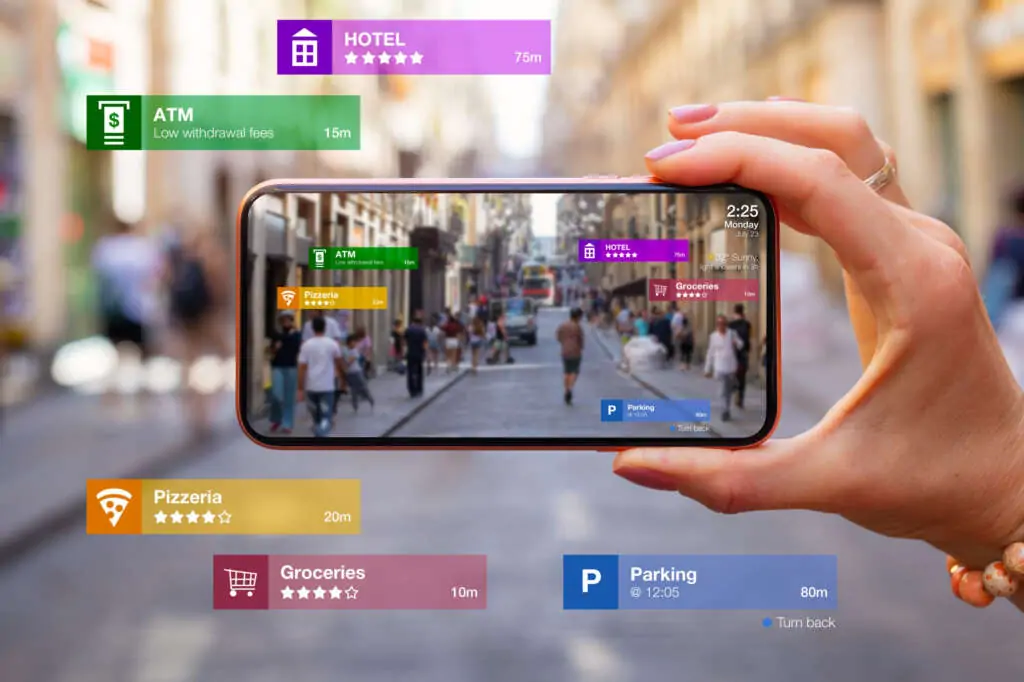A Deep Dive into the Enigmatic World of 3D Graphic Design
Step into the kaleidoscopic world of 3D graphic design, where the canvas isn’t just a space for creation but a portal into realms unexplored. It’s not merely a technical dance of polygons and pixels; it’s an intimate rendezvous between imagination and technology, where ordinary ideas take flight, donning the extraordinary. In this intricate tapestry of creativity, unraveled are the intricacies of 3D art – a craft that goes beyond visual aesthetics to touch the very soul of human expression.
The Evolving Canvas:
Imagine a vast canvas suspended in the cosmic tapestry of creativity, a blank slate waiting to be transformed into something extraordinary. The canvas of 3D is not just a two-dimensional plane; it’s a multidimensional playground where artists sculpt dreams layer by layer. The process transcends traditional artistic boundaries, embracing the dynamic interplay of space, light, and perspective to create immersive experiences.
Dimensions Unleashed:
Unlike its 2D counterpart, 3D introduces a third dimension, unlocking a gateway to unparalleled creativity. It’s like adding depth to a story, where each layer peels back to reveal hidden narratives and dimensions waiting to be explored. The allure lies in the power to manipulate these dimensions, transcending the screen’s limits and inviting audiences to venture into a world that blurs the lines between reality and imagination.

Pixels as Clay:
At the heart of 3D design lies the artistry of sculpting in pixels, a digital ballet where artists mould and shape virtual clay with precision and finesse. Every curve, every contour is an intentional stroke, breathing life into a lifeless wireframe. The tools of the trade – from cutting-edge software suites to sensitive graphic tablets – become extensions of the artist’s psyche, enabling them to bridge the gap between the ethereal and the tangible.
“In the realm of 3D graphic design, artists become, engineers of dreams, constructing entire worlds that defy conventional sense and drugs.”
– Maya Imaginare
The Symphony of Creation:
In the 3D design realm, artists become architects of dreams, constructing entire universes that defy conventional logic and physics. It’s a playground where the impossible is merely a challenge, and the fantastical is within arm’s reach. Navigating through this boundless space, designers become conductors of a symphony of creativity, orchestrating elements to evoke emotions and spark wonder in the beholder.
Illuminating Shadows:
The manipulation of light and shadow is a captivating dance in 3D design, a delicate interplay that defines the mood and atmosphere of a piece. Artists, like magicians, play with illumination to craft scenes that resonate emotionally. The dance of light transforms static images into dynamic visual experiences, making the viewer an active participant in the narrative.
“The manipulation of light and shadow is a witching cotillion in 3D graphic design, a delicate interplay that defines the mood and atmosphere of a piece.”
– Oliver Lumière

From Concept to Reality:
The journey from a fleeting idea to a tangible creation is a testament to the iterative nature of 3D masterpieces. Artists embark on a labyrinthine exploration, refining their work through a continuous process of experimentation with textures, colors, and compositions. It’s akin to a chef meticulously perfecting a recipe, with each adjustment enhancing the flavor of the final dish. In the realm of 3D technology, the journey becomes an integral part of artistic expression.
Real-World Marvels:
Beyond the realms of art and entertainment, 3D design finds itself woven into the fabric of practical applications that touch our daily lives. Architectural visualization invites us to explore spaces before construction, medical animations educate us about intricate biological processes, and virtual simulations redefine how we interact with our surroundings. The impact of 3D design transcends the digital canvas, imprinting itself on the tangible aspects of our world.
Transversing the magical world of 3D graphic design, it becomes apparent that this craft is not merely about creating visuals but about crafting immersive experiences that resonate with the human spirit. It’s a celebration of creativity, a testament to the boundless possibilities that emerge when technology and imagination entwine. Innovate, and breathe life into dreams through the enchanting language of 3D art, where every pixel tells a story and every dimension holds a secret waiting to be unveiled.


